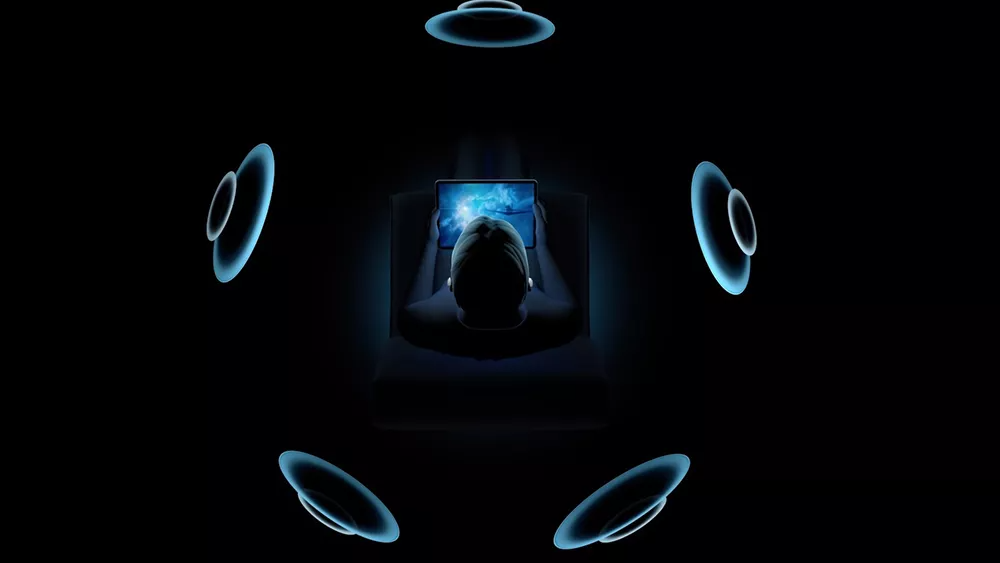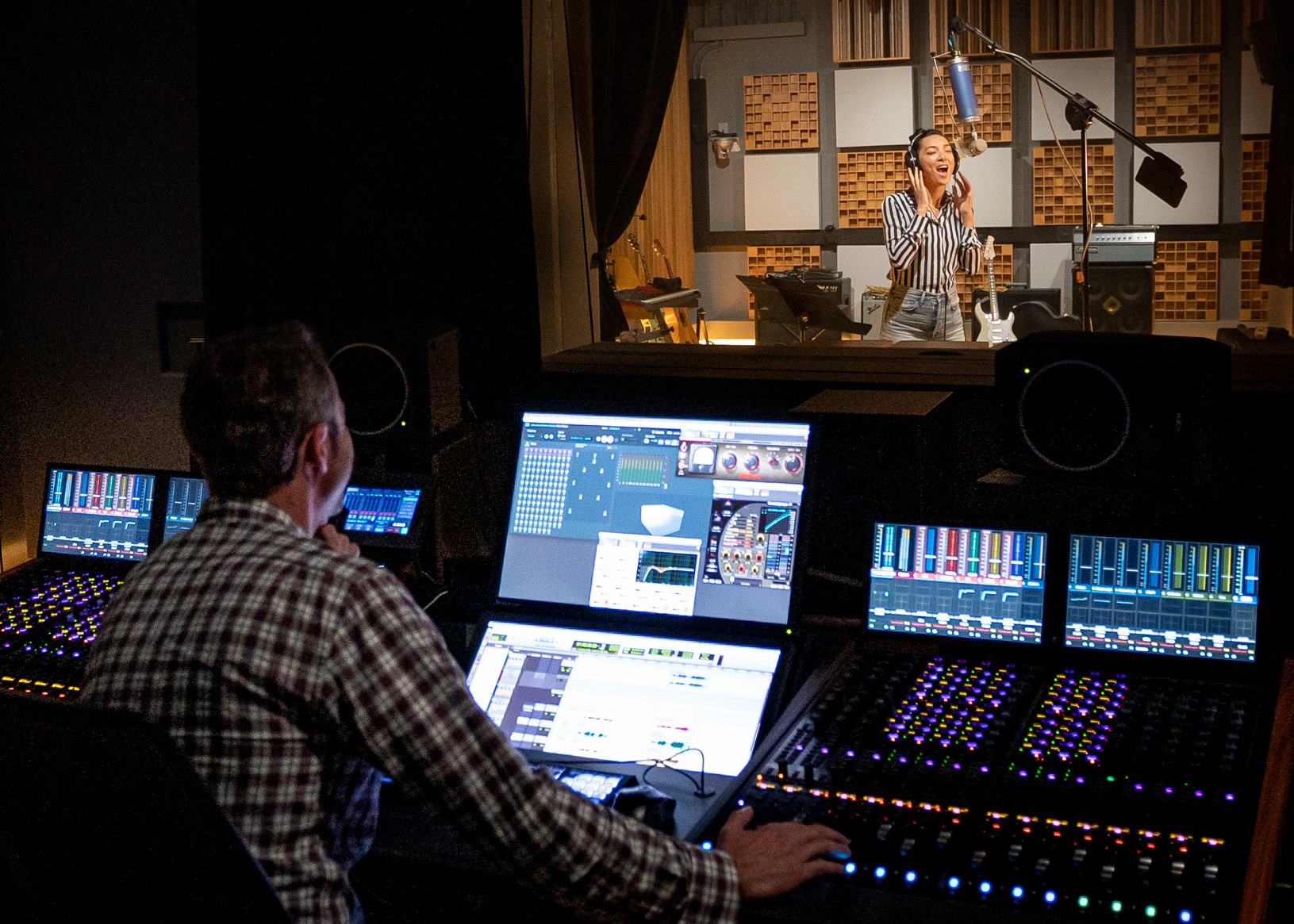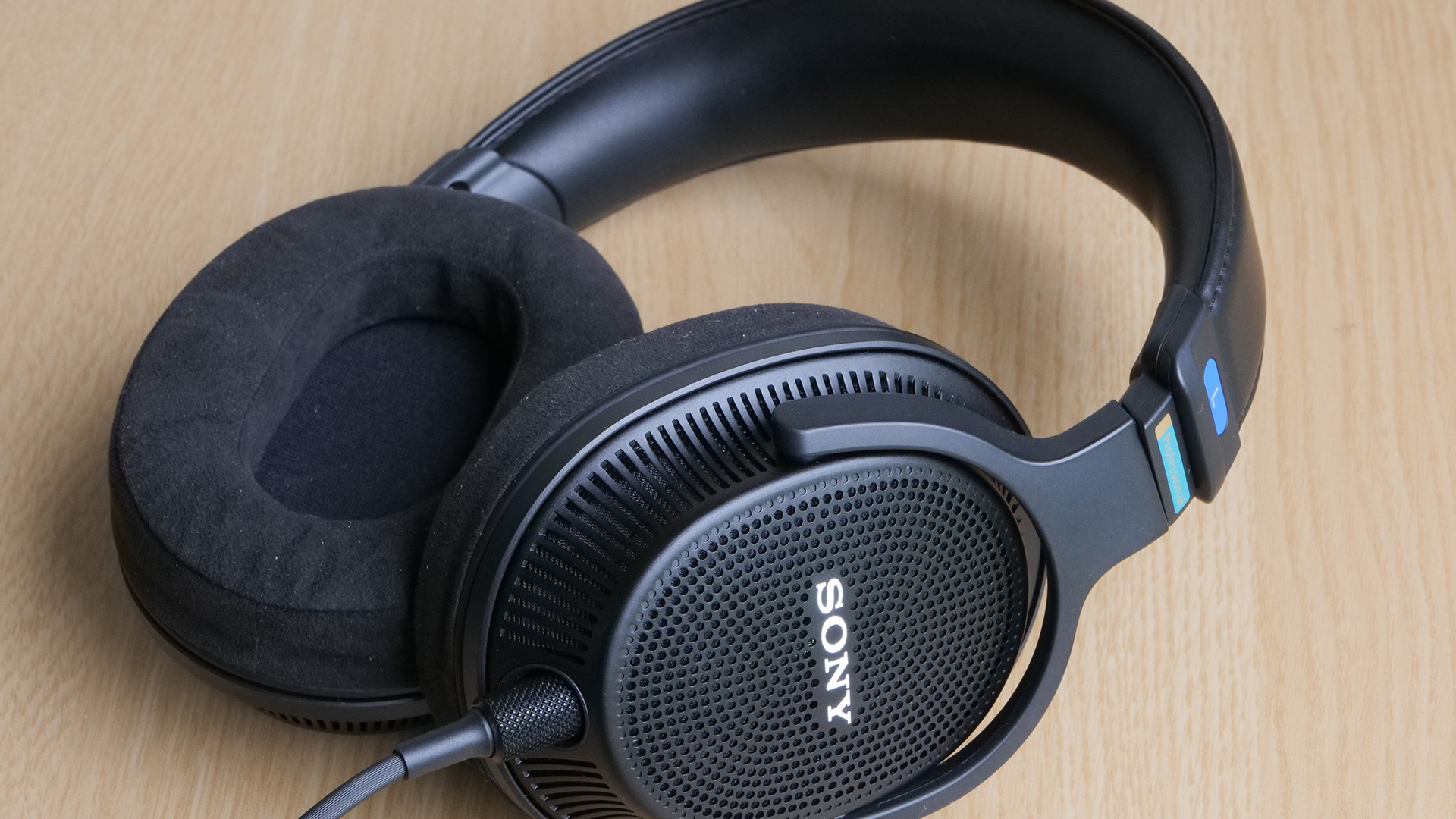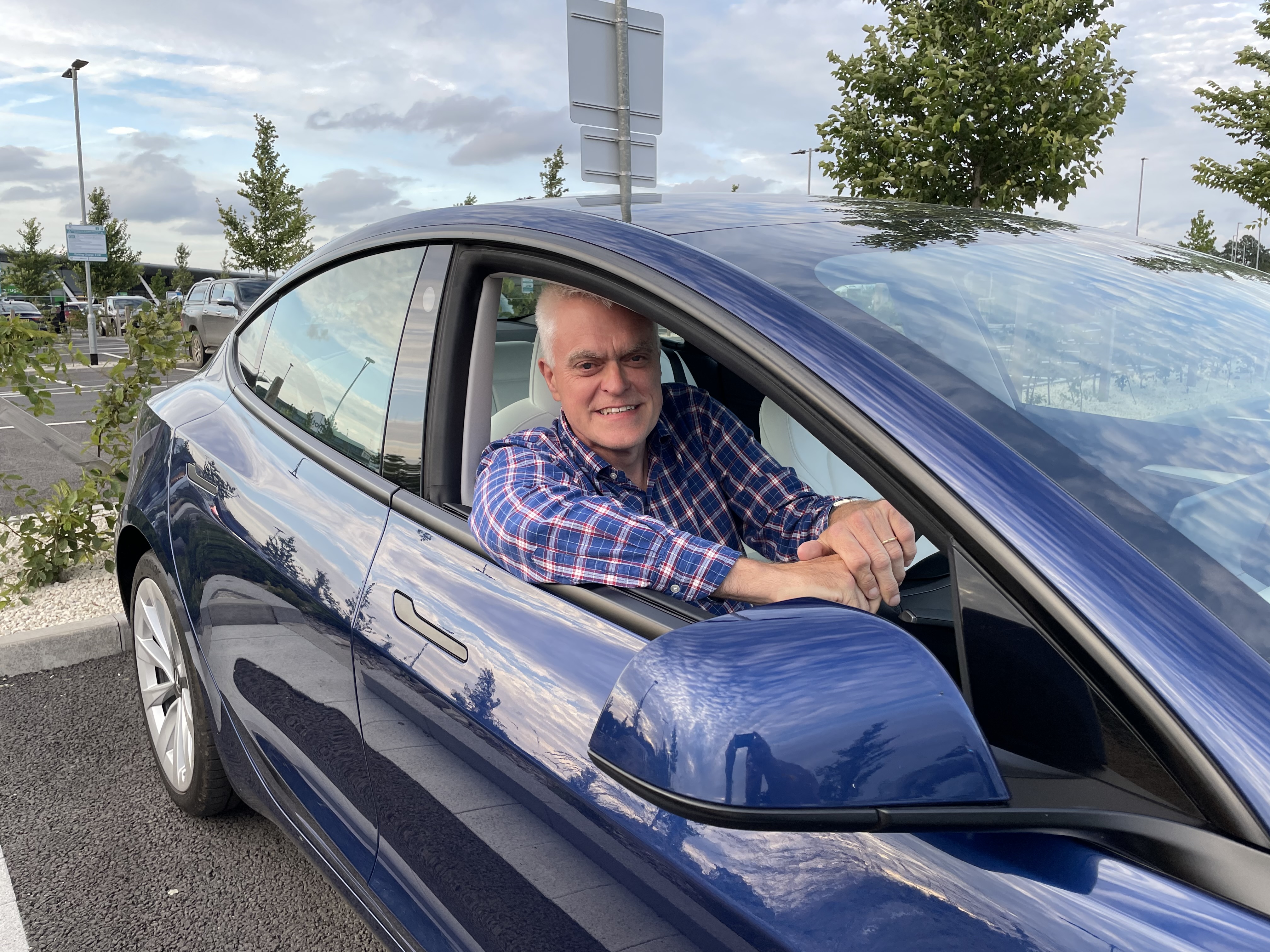Will 3D audio headphones change the way we experience music?
Stereo sound through headphones isn’t natural but it’s what we’re used to, so adapting to spatial audio for music could take time


Do we need to change the way we expect music to sound through stereo headphones? For over 60 years, ever since musician and entrepreneur John C. Koss invented them, they’ve basically been a pair of stereo speakers clamped to your head. Though hugely successful, they’re a rather unrealistic way of hearing the musical world.
Imagine you’re recording a vocal. It’s normally achieved with a microphone a few inches away from the singer’s face. Similar close-up techniques are often used to record the accompanying instruments, whether it’s a bass guitar or a grand piano. An audio mixer then places these somewhere on a line between left and right to recreate a stereo image of the performance. Play the recording back on speakers in your living room and you achieve a reasonably similar perspective on the music.
But all that changes when you’re listening on headphones. That singer’s voice is now transplanted into the middle of your head. It's almost as though you’re up on stage with them, a few inches away if that. You’re truly involved in the performance but possibly not in a good or realistic way. Nevertheless it's increasingly the way most of us experience our music as headphones, and earphones become the default option for many.
There is, however, a whole industry devoted to creating more realistic perspectives in sound. The leading protagonist is Dolby Laboratories. We’re used to hearing the company’s work in movies and TV dramas. Technologies like Dolby Atmos turn individual sounds – like a jet fighter or a car – into objects in a 3D space. Using software, audio mixers can move them around the listener and change how far away they appear. The results can then be played back through multi-speaker systems – up to 64 separate speakers with their own audio channels in the case of Atmos – to make these sounds come from left, right, forward, back and even above.
But does this 3D audio technology have anything to offer when you’re wearing headphones and you’re listening to music, not action?

Let’s tackle the limitations of headphones first. Rather than multiple speakers you have just two drivers, one either side of your head, so you would imagine a true 3D experience would be impossible. Not necessarily. From birth, through our continuous experience of audio, we build a knowledge of how to tell where sounds are coming from, even when they’re above or behind us. A sound coming from the right is picked up by our left ear slightly later than our right and, because our head is in the way, it has different frequency characteristics.
Sounds from behind have to come through our ears’ pinners and will be modified in the process. Sounds from above will reflect round our ears differently to those coming up from below. And so on. Collectively all these effects are known as the head-related transfer function and they’re what can be simulated by sophisticated audio processing to recreate 3D sound in headphones.
Get all the latest news, reviews, deals and buying guides on gorgeous tech, home and active products from the T3 experts
It’s early days yet, though, and there’s another problem. We’re accustomed to hearing movie action effects this way but not music. If you go into a top-notch recording studio and mix a recording using headphones, so it exactly matches the sound of the performers you hear with the headphones off, when you go back home and play the track back through your headphones it will seem too echoey and reverberative. Your customers will complain – “Who’s put all that reverb on my Schubert, Jazz, Jungle or whatever? It may be possible to create a realistic experience through headphones but do we actually want it? Will our expectations change as 3D audio techniques improve or will we continue to prefer the traditional headphone sound?
It’s hard to predict. Many tracks are now being mixed and remixed for Dolby Atmos and you can find them on the likes of Apple Music, Amazon’s Music Unlimited and Tidal. The Amazon app allows you to swipe between Atmos and normal lossless mixes. In my very humble musical opinion, some Atmos mixes are more successful than others. Some tracks sound distinctly better, others sound worse, others sound just different and some hardly sound different at all.
I find the hi-fi store classic album, Norah Jones Come Away with Me, really is a more involving listen in its Atmos version, while the Pet Shop Boys Suburbia gave slightly too much emphasis to the effects, and Elton John’s I’m Still Standing becomes rather too echoey. Mitsuko Uchida playing Mozart Piano Sonatas – one of my favourite recordings – seems very similar in Atmos and stereo. It’s early days yet and well worth a listen to your own favourites if your streaming service supports Atmos. Spotify doesn’t as yet, incidentally, though this may change.

Dolby doesn’t have it all its own way. Sony is championing an alternative object based audio technology called 360 Reality Audio. In comparison with the Atmos tracks I found the 360 mixes could feel very precise in terms of the location of instruments but a little short of midrange oomph – a listening signature that has been described as a bit “hollowed out”.
You don’t need special headphones to experience Atmos or 360 Reality Audio. Conventional ones will suffice, though better quality cans should yield a better experience. And headphones are emerging that are especially suited to the technology. Sony’s new open-back MDR-MV1 headphones are aimed at professional 3D audio mixing and they do indeed give a very precise account of the positioning of different sounds.
My mini review would include the observation that they also work very well for casual listening, have good sensitivity, and are potentially a future classic design, to be ranked alongside some of the best headphones on the market. They’re well worth considering if you’re in the market for a high quality pair of wired, non noise-cancelling headphones, and are keen to explore the world of 3D audio.
Apple is being more ambitious and trying to advance headphone design with Apple Spatial, a 3D audio layer on top of Dolby Atmos. Unlike pure Atmos and 360, Spatial uses technology inside compatible headphones that further processes the music. I found this actually made the expensive Airpods Max perform better than they do with ordinary tracks.
Spatial also incorporates technology that takes account of the position of your head, moving the soundscape around as you move your head round in relation to your phone or tablet. I feel this works better for watching video and drama than listening to music.
I can’t wait to see how 3D audio technology evolves. Changing the way we perceive music through headphones is going to be an interesting journey. We may not make the ultimate destination but trying to get there is going to be fun.
Jon is the main gadget reviewer and presenter for The Gadget Show on Channel Five. He was previously the Producer and Executive Producer of BBC's Top Gear between 1987 and 1999 and had a corner named after him on the Top Gear test track. He launched Fifth Gear for Channel Five and produced the show until 2004. When not presenting Jon enjoys writing. In 2019 Atlantic Books published his first book, Autopia: The Future of Cars, and he contributes regularly to Amateur Photographer magazine.
